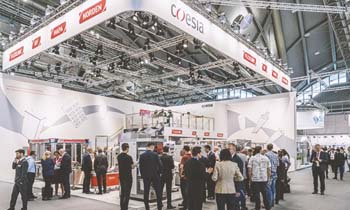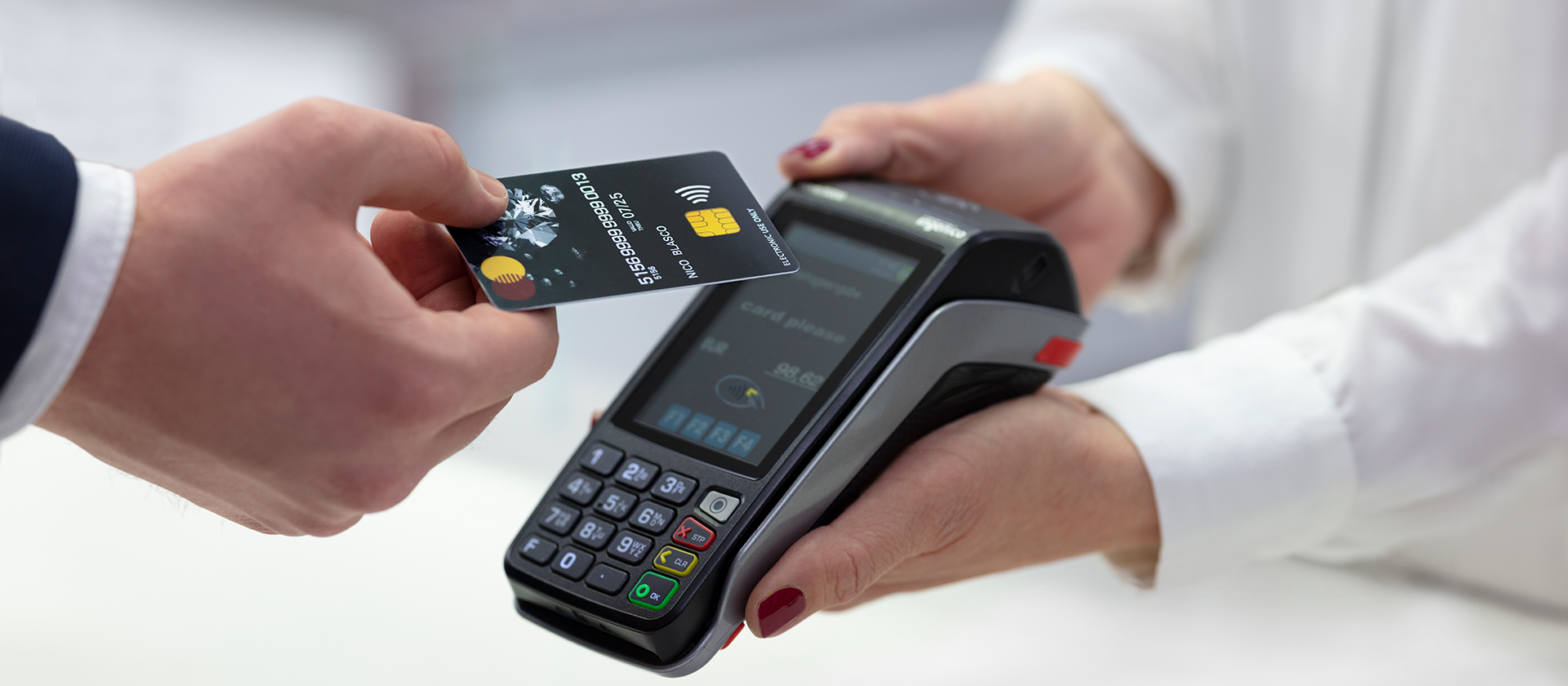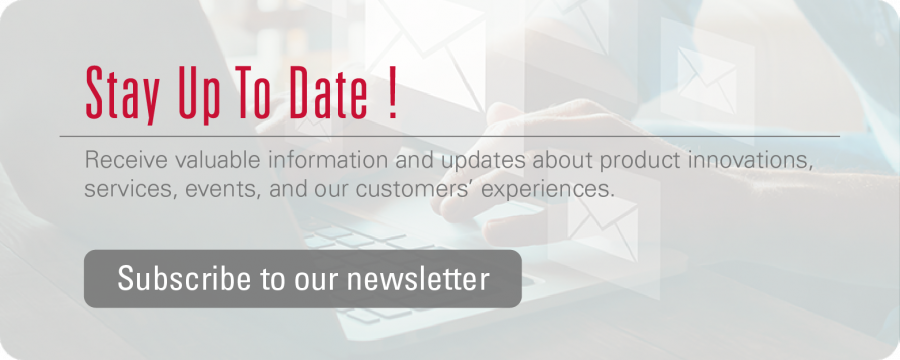How Contactless Payment will Become Standard – Credit and Debits Cards vs Mobile Payment
Financial cards with contactless chips are trending currently, but mobile payment (NFC) is still met with some skepticism.
Bacteria and viruses often adhere to cash. This has long been scientifically proven. Back in 2014, Aix-Marseille University in France conducted an overview study showing that coins and bills can transport a number of pathogens, including salmonella, but also flu viruses.1 Even though, soon after the Corona pandemic outbreak, specialists from the Bank for International Settlements (BIS) emphasized in an article that cash posed very little danger of infection with this virus, consumer worries were nevertheless palpable – and measurable.2
According to the international “Back to Business” study prepared by Visa, a major global credit card scheme, in August 2020, almost eight of ten consumer respondents said that they had changed their payment methods during the course of the pandemic. Consumers in the U.S., Brazil, Canada, Germany, Hong Kong, Ireland, Singapore, and the United Arab Emirates were included in the study. They were worried about being infected not just from cash, but from other surfaces such as card terminals or sales counters. In any case, two of three respondents said that they had taken special measures to keep even their financial cards clean – a third even reported using disinfectant.3
No More Shopping without Contactless Payment Options
It is little wonder, therefore, that the Visa study’s conclusion is that contactless payment has received a huge boost during the Corona pandemic. Asked to imagine their usual store would not offer contactless payment but another one did and all other parameters (prices, product range, etc.) stay the same, 65% of respondents said that they would move their daily shopping to the alternative store. Almost half said that contactless payment methods were among the most important safety measures that businesses could implement. The same proportion said that they would not buy from a store that offered only contact payment methods.
There are still no firm numbers on the medium for contactless payment that is actually preferred. Currently, credit cards and debit cards with contactless chips are one of the most popular methods among consumers. Mobile payment with smartphones (NFC), introduced four years ago, is not spreading quite as quickly, although there are regional differences. A survey by the Auriemma Group, a U.S.-based consultancy specialized in the financial sector, concluded in 2019: Even several years after the introduction of mobile payment, only a third of consumers with the technical capability actually use it. Twice as many used contactless credit cards: Of those consumers who have such credit cards, 60% use their capability of contactless payment.4
Great Uncertainty Concerning Mobile Payment
What are the reasons for this discrepancy? A study by Vibes, a U.S.-based platform for building customer loyalty using mobile wallets, shed some light on the subject in 2019. When asked what could keep them from using their smartphone to pay for goods and services, six of ten respondents mentioned security considerations.5 “That is completely understandable. There is a reason why smartphone security holes keep attracting attention. So of course consumers are uneasy about them,” says an expert from Atlantic Zeiser, a technology leader in systems for printing and personalizing flat financial cards, ID cards, and gift cards. The Vibes study indicates that mobile payment also experiences difficulty with acceptance because consumers do not know exactly how mobile payment works and where it is accepted. “But most consumers have been using credit cards for decades with no problem. So the transition from contact payment to contactless payment is a very small step that doesn’t overwhelm anybody,” the Atlantic Zeiser expert says.
But maybe that's just a matter of age. Those consumers who have been paying with a physical credit card for decades may worry about getting to check-out in a long line of shoppers and having problems getting the smartphone payment function to work, for example, with Face ID not being able to unlock the smartphone because of the mask. If that happens, the only solution remaining is often to fumble through their things for a physical card while the other irritated shoppers are watching. “However, if there is a problem with contactless payment with a card, there is always the option of simply inserting the card into the terminal slot,” says the Atlantic Zeiser expert. “At the moment, everything indicates that the demand for flat financial cards and contactless chips will increase greatly. And that personalization service providers will have to handle the spike in demand for card replacement or new card issuance. Our modular systems are ideally prepared to help with that and are therefore future-proof.”







